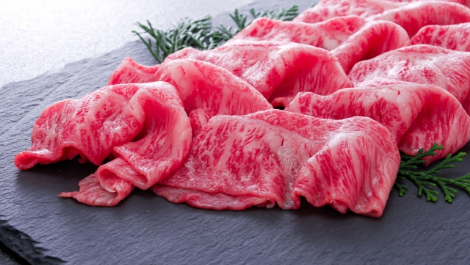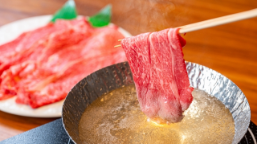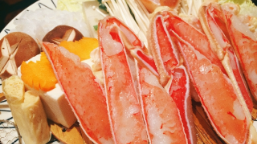Shabu-shabu is popular as a dish that can be easily prepared at
home while you can enjoy high-class dishes at shabu-shabu
specialty stores. It is especially preferred in the cold season.
There are also many ingredients and soups for shabu-shabu that
can save cooking time.
Meat and vegetables are common ingredients. As for meat, beef
and pork slices are common. As a variation, chicken breast or
lamb meat may be used. In addition, fish and shellfish are
sometimes used, and among them sea bream, crab, and yellowtail
are popular. Snow crab and king crab are popular as crabs for
shabu-shabu. It is called "buta shabu" for pork shabu-shabu and
"crab shabu" for crab shabu-shabu. Chinese cabbage and green
onions are the standard vegetables used, but mushrooms and root
vegetables such as radishes and carrots are also popular. In
addition to the ingredients, the dashi stock is also a decisive
factor. Kombu soup stock is common.
There are no particular rules regarding the ingredients, but the
point is to choose ingredients that can be cooked by dipping
them in hot water. For ingredients that are difficult to cook,
slice thinly and prepare.The meat used for shabu-shabu is sliced
to a thickness of 1 mm or less so that it does not harden when
cooked for a few seconds. However, even if it is not shabu-shabu
meat, there is no problem if you use sliced meat. In the case
of thick meat, the heating time will be longer, so the meat may
become a little harder, but it will also have a good texture and
taste.
The pots used to make shabu-shabu are generally made of copper
or stainless steel. As for the shape, the one with a
chimney-shaped thing in the middle is a shabu-shabu pot, but you
can make delicious shabu-shabu with a pottery clay pot instead
of metal without a chimney.
If you prepare a portable stove or IH cooker to use on the
table, you can enjoy your meal while making shabu-shabu with
your friends and family.










